To coincide with Piano Nobile’s recently opened exhibition R.B. Kitaj: London to Los Angeles, InSight considers one of the paintings now on display—a modern history painting from swinging London.
InSight No. 136
R.B. Kitaj | Welcome Every Dread Delight, 1962
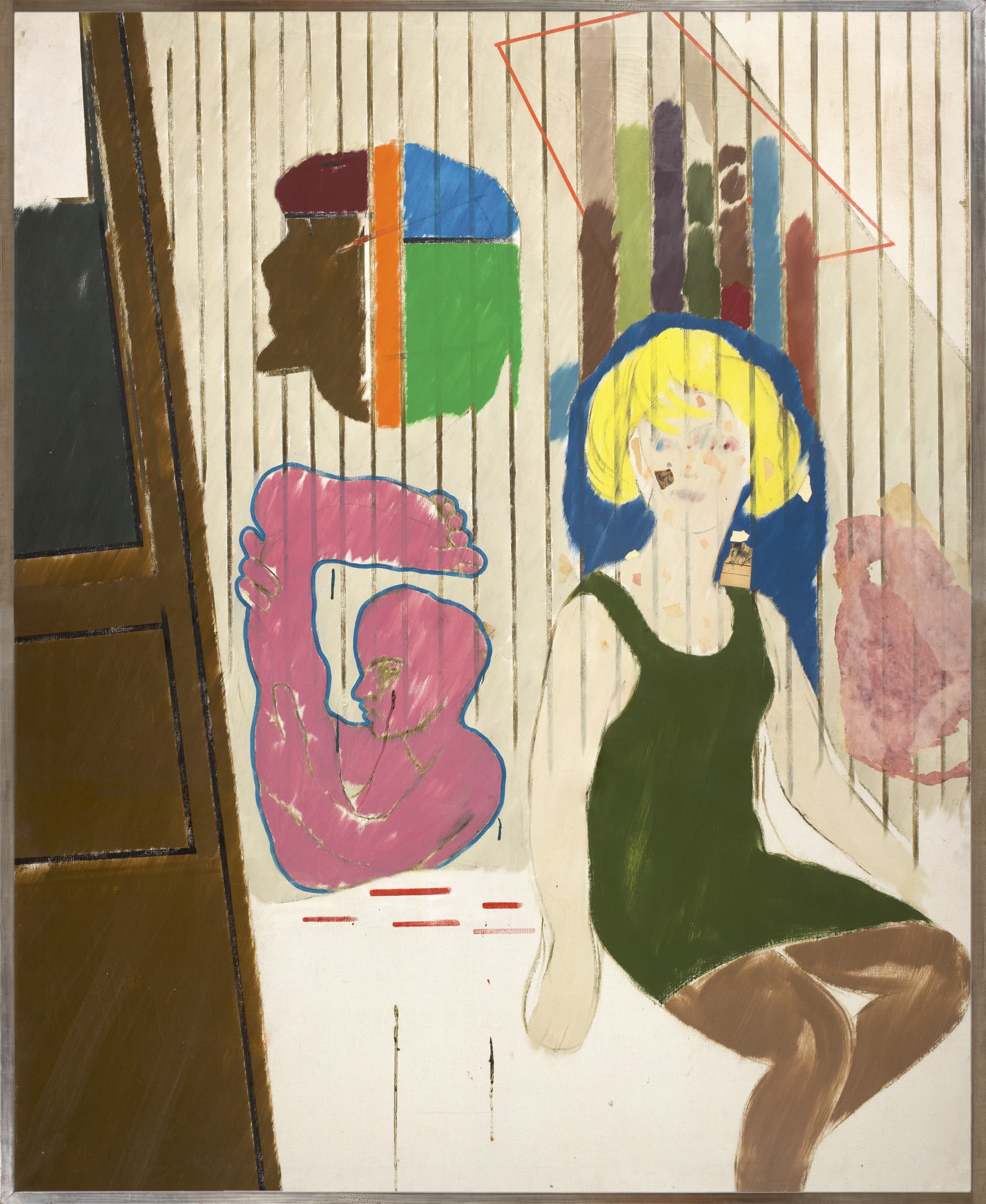
R.B. Kitaj (1932—2007) emerged into the glare of popular success shortly after his thirtieth birthday. Welcome Every Dread Delight was one of those paintings included in his seminal exhibition at Marlborough Fine Art’s New London Gallery in February 1963. A reviewer for The Burlington Magazine felt they were ‘participating in some important but obscure ritual that might at any moment shatter the nerves with revelations of the utmost profundity.’ The exhibition was a critical and commercial success, with Kitaj writing later that ‘the show sold out’.
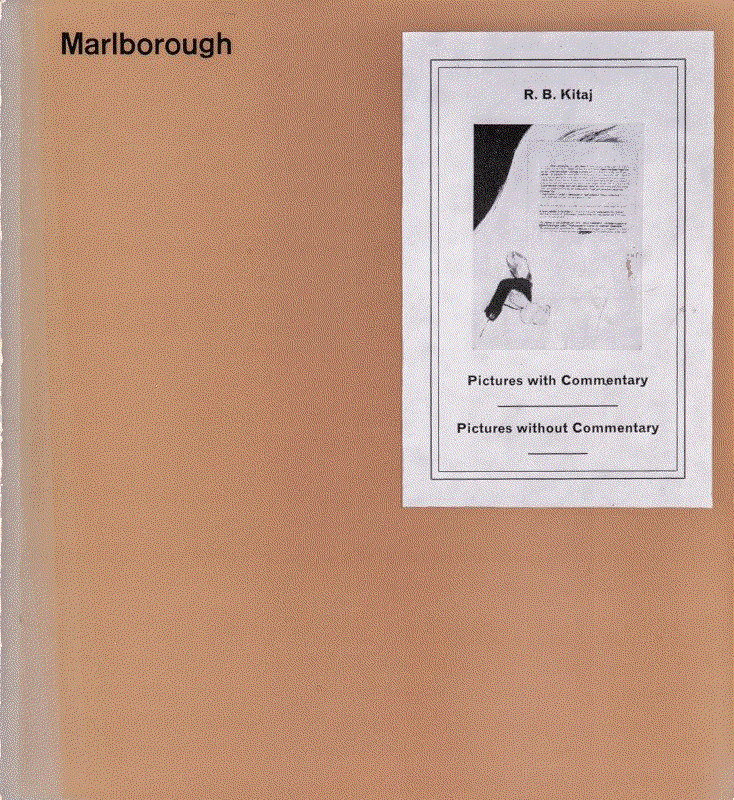
The subtitle of the exhibition was Pictures with Commentary, Pictures without Commentary. The ‘commentaries’ in question, printed in the accompanying catalogue, included a mixture of Kitaj’s own cursory notes about his source material and textual excerpts from Goethe, the art historian Fritz Saxl and the literary scholar E.R. Curtius among others. Some pictures were appended with a bibliography. In the case of Welcome Every Dread Delight, Kitaj’s commentary focused attention on the pink figure with a blue outline: ‘The (man) holding his leg is a version of Sciapod, a classical monster figuring in Marvels of the East by Rudolf Wittkower (Journal of the Warburg Institute V 1942)’. In the quoted article, Wittkower described sciapods as ‘a people with a single large foot on which they move with great speed and which they also use as a sort of umbrella against the burning sun’.
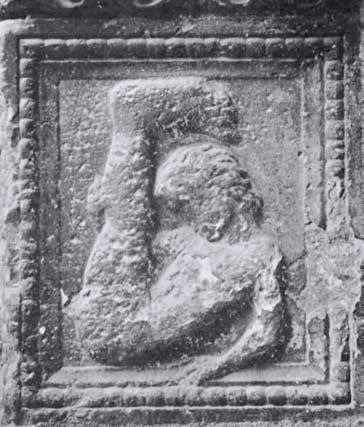
Wittkower’s article was typical of an art historical approach inspired by Aby Warburg. A range of geographically and chronologically abstruse visual art was brought together, and the imagery was studied in relation to cultural and intellectual subjects of a period, often without regard to the contexts in which particular images appeared. Kitaj’s pink and blue sciapod derived from a small illustration in Wittkower’s article—a carved bas-relief panel in the stylobate of Sens Cathedral’s grand portal. Kitaj relished this pick-and-mix approach to the visual culture of the past and he adopted it for his own artistic purposes in paintings such as Welcome Every Dread Delight.
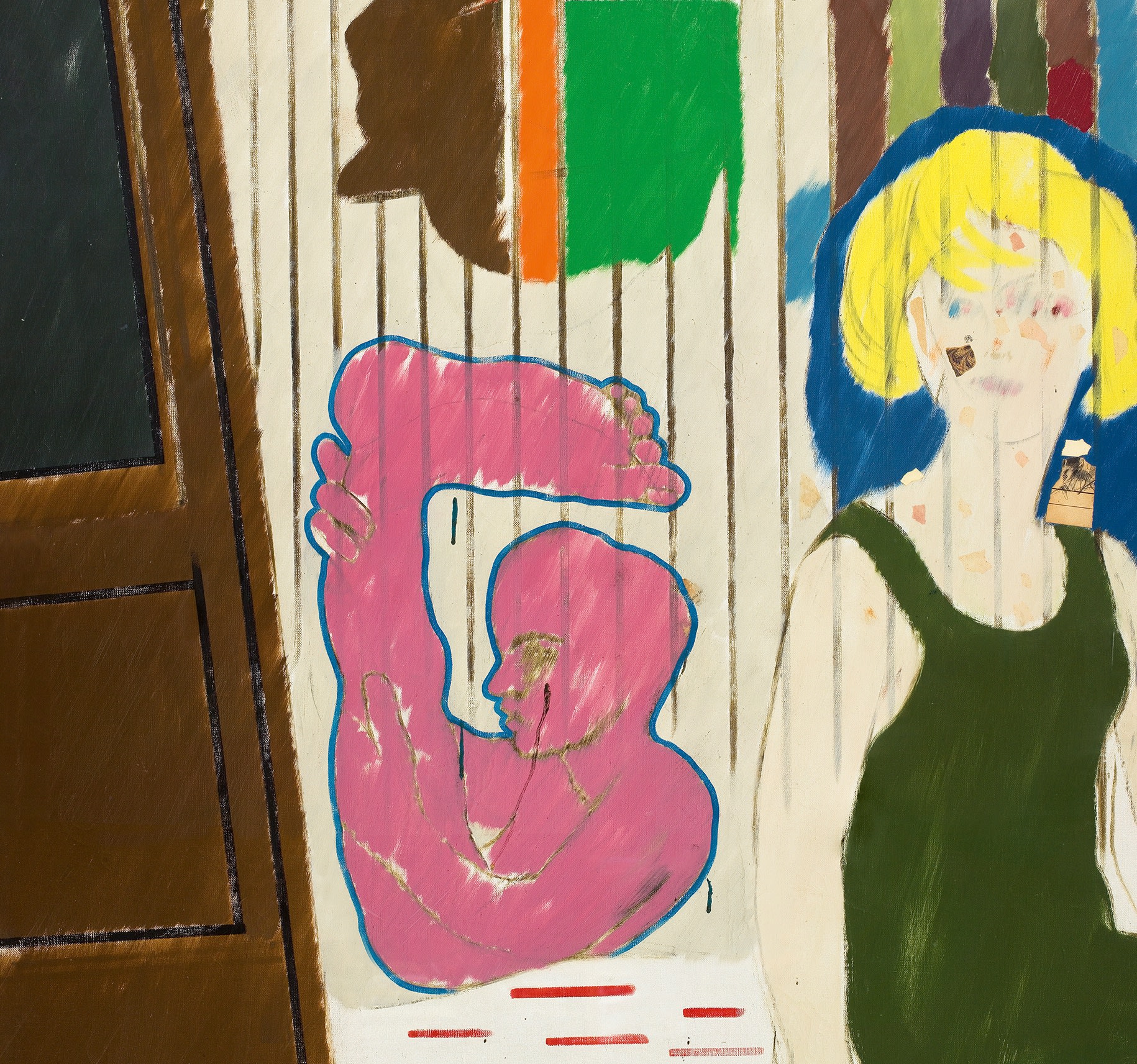
Warburgian scholarship was one of the motors driving Kitaj’s ‘collagist’ approach to iconography in the early sixties. Unlike some of his contemporaries, advocates for Pop Art, who adopted commercial advertising and ephemeral visual culture as a source of imagery, Kitaj stood out for his selection of arcane historic and political themes and subjects. Bringing together obscure source material and vibrantly eclectic modes of painting and collaging, Kitaj encouraged some of his contemporaries to follow similar paths. At the Royal College of Art, David Hockney admired Kitaj’s ‘seriousness’ and took his advice, as Hockney remembered: ‘I was a keen vegetarian then and interested in politics a bit, and he’d say to me, why don’t you paint those subjects?’ Another contemporary following Kitaj’s example, Frank Bowling, felt emboldened to paint about the recent assassination of the Congolese independence leader Patrice Lumumba. Bowling explained, ‘I did not paint Marilyn Monroe because she did not interest me. Kitaj did not paint Marilyn Monroe either; he painted The Murder of Rosa Luxemburg.’
When asked in 1965 what he wished art to do, Kitaj replied: ‘I would like it to do research. I would like it to get a job.’ He was attracted to the idea that an artwork might continue to unfold new mysteries long after the artist had ceased working on it. One of the open-ended associations Kitaj folded into Welcome Every Dread Delight was a title taken from the poem Cynthio by Edward Young (1683—1765), which addresses the coming of winter. It ends with the couplet, ‘Yes, welcome Darkness! welcome Night! Thrice welcome every dread Delight!’
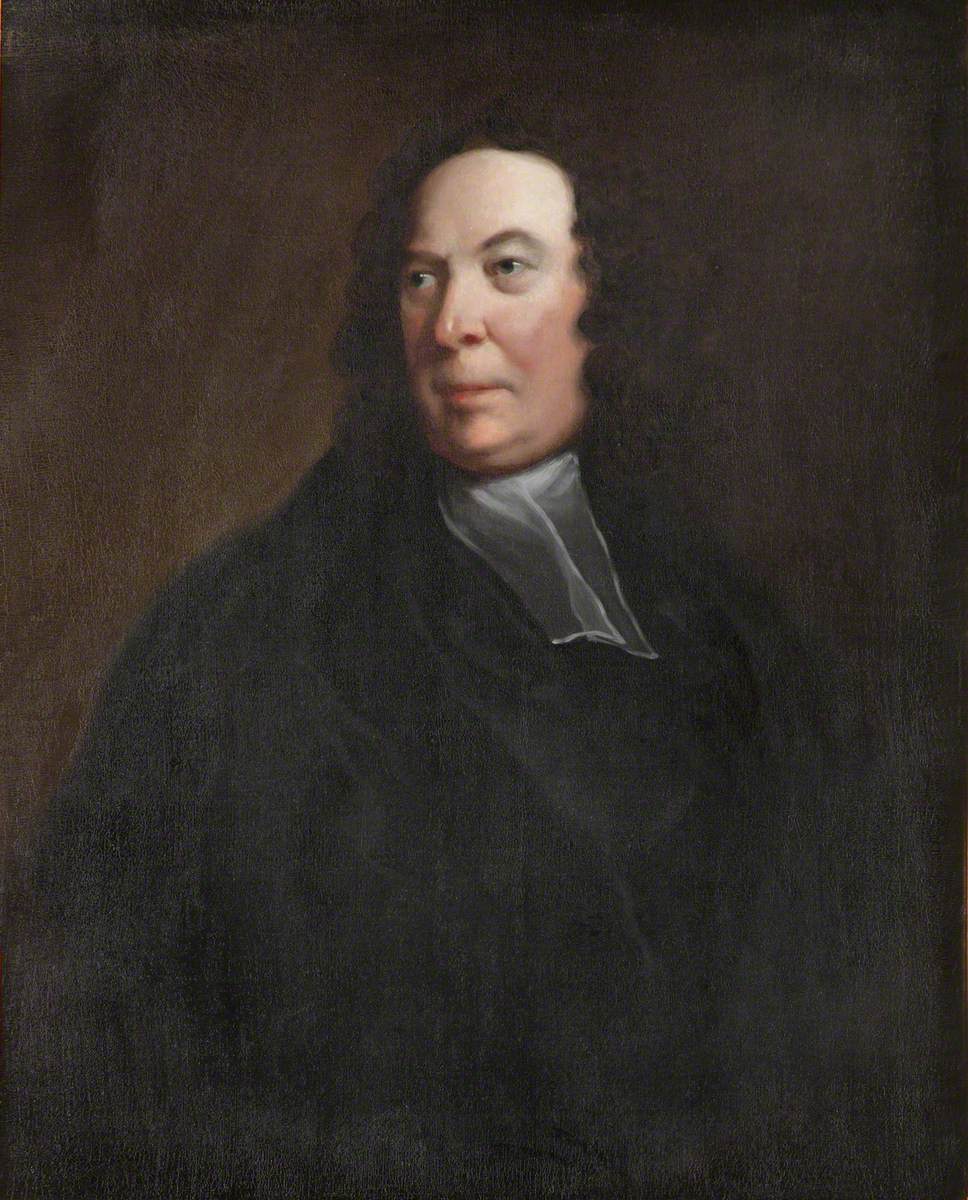
Kitaj’s use of eclectic source material—both visual and literary—was playful and personally distinctive. By concatenating words and images in arresting non sequiturs, as he did in Welcome Every Dread Delight, he devised an art that reached into the inky depths of history even as it performed feats of reference and representation that in their modernity excited the attention of artists, critics, dealers and collectors alike. Kitaj was not just another artist that gained momentum from swinging London: he was one of the artists that made it swing in the first place.
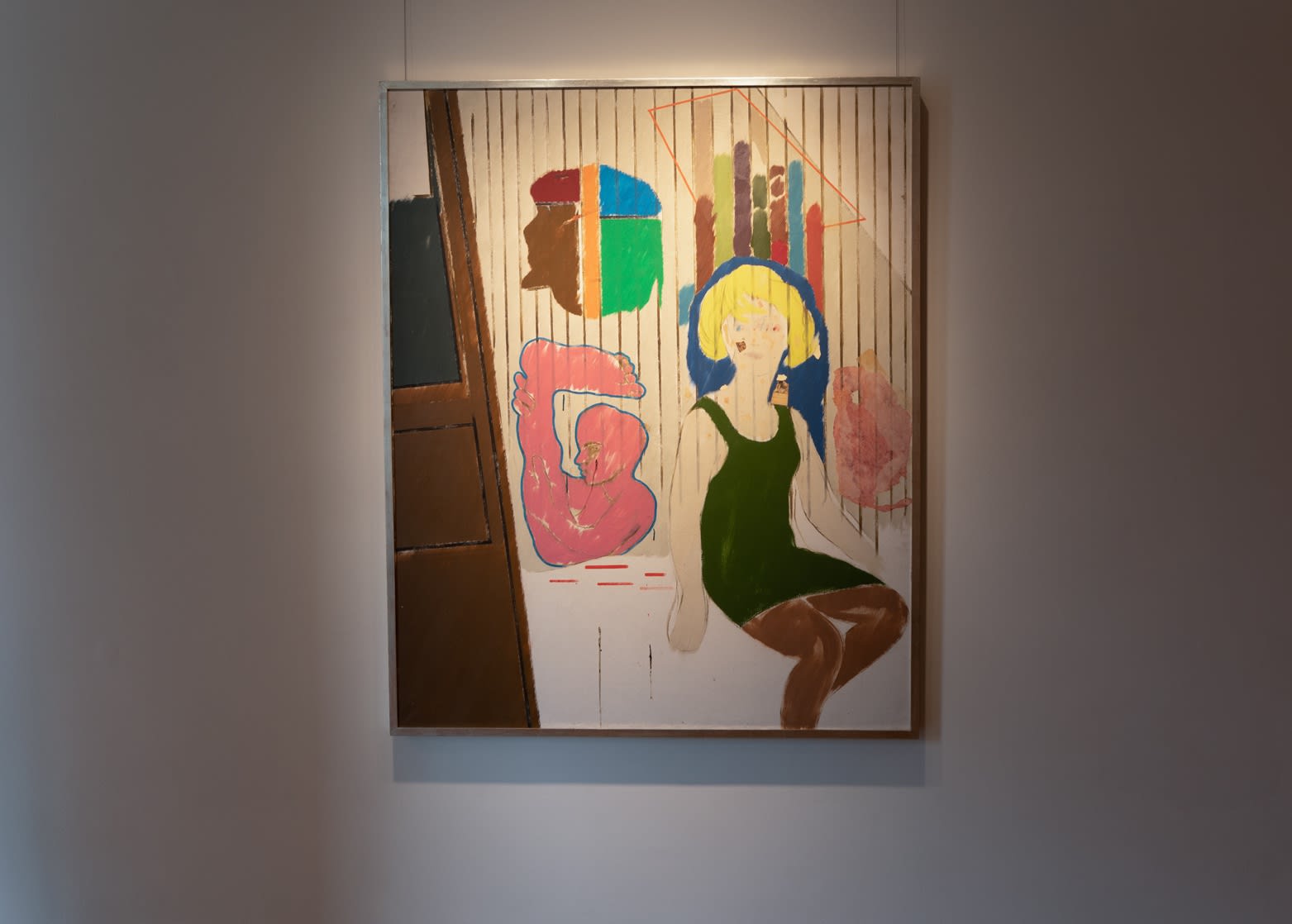
Images
1. R.B. Kitaj, Welcome Every Dread Delight, 1962, oil and collage on canvas, 60 x 48 in
2. The catalogue for Kitaj’s first exhibition held at Marlborough Fine Art in 1963
3. A sciapod depicted in the grand portal of Sens Cathedral
4. Welcome Every Dread Delight (detail)
5. Joseph Highmore, Edward Young, n.d., All Souls College, University of Oxford
6. Installation photograph of R.B. Kitaj: London to Los Angeles

